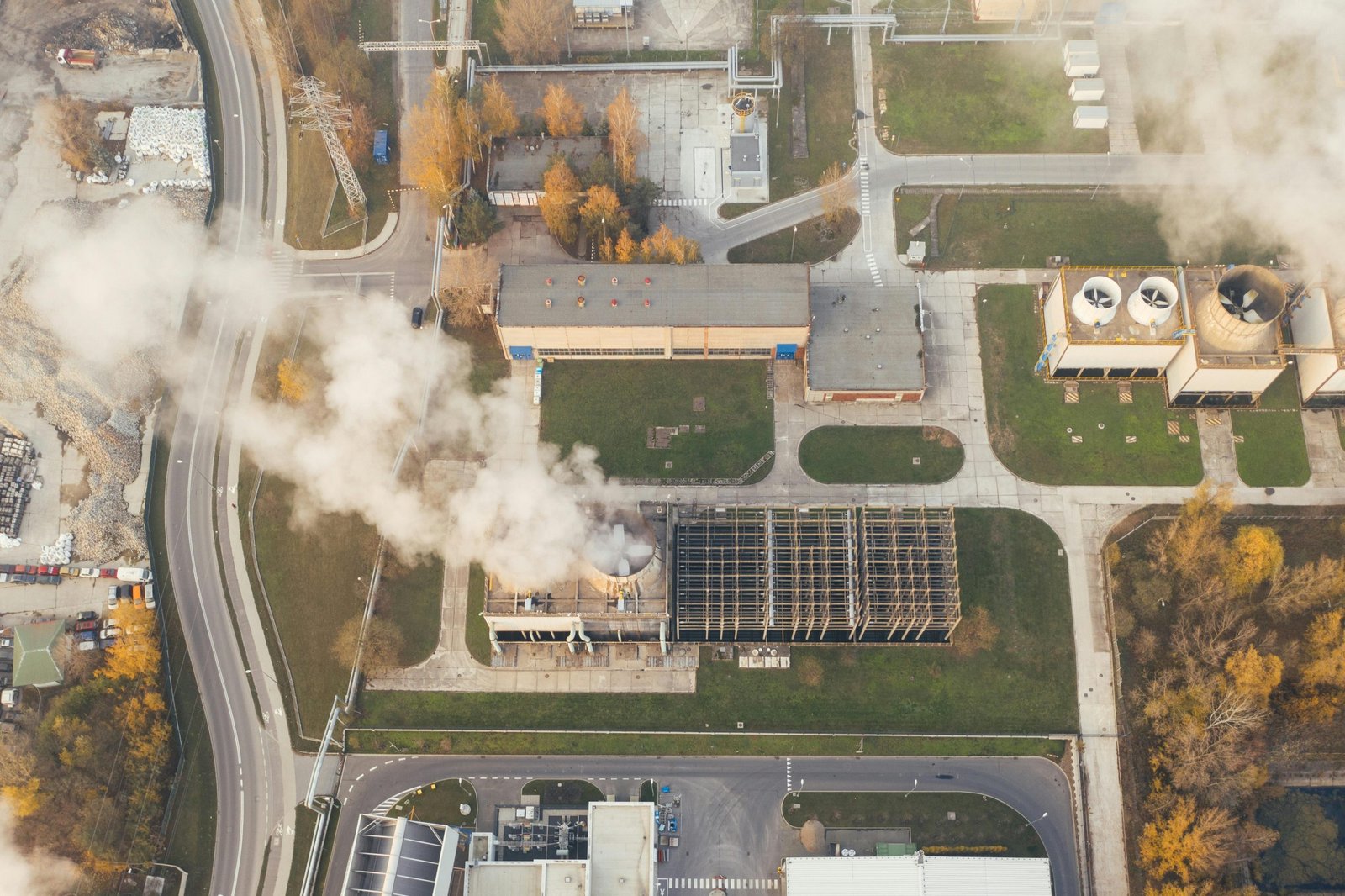This Content Is Only For Subscribers
In the transition to clean energy, lithium-ion batteries are often held up as the cornerstone of a carbon-neutral future. But while they help eliminate tailpipe emissions, the manufacturing process behind them tells a more complicated story — one the American public is only beginning to confront.
According to the International Energy Agency (IEA), manufacturing 1 kilowatt-hour (kWh) of a lithium-ion battery currently generates between 150 to 200 kilograms of CO₂, depending on the energy mix used during production. That means the production of a standard 75 kWh electric vehicle battery could emit 11 to 15 metric tons of CO₂ before the car even hits the road.
In the U.S., battery manufacturing has seen significant investment, particularly through facilities like Tesla’s Gigafactories in Nevada and Texas, as well as new plants under the Bipartisan Infrastructure Law and the Inflation Reduction Act (IRA). These laws aim to increase domestic manufacturing and reduce dependency on foreign sources, but they also raise questions about energy sources.
“Much of the energy powering U.S. gigafactories still comes from fossil fuels,” says Dr. Laura Erickson, an energy analyst at the Rocky Mountain Institute. “Unless renewable energy is paired with production, we risk shifting pollution from the tailpipe to the smokestack.”

Indeed, while many U.S. plants are working toward closed-loop systems and renewable-powered recycling, the reality is uneven. Some U.S.-based battery production is still tied to regional grids heavily reliant on coal or natural gas.
Moreover, factory construction and material refining themselves contribute to the problem. The U.S. Environmental Protection Agency (EPA) estimates that industrial manufacturing accounted for 23% of greenhouse gas emissions in 2023, with battery component production a fast-growing contributor.
The U.S. Department of Energy has launched several grant programs aimed at incentivizing cleaner battery manufacturing and reducing carbon intensity per unit produced. However, scaling these efforts remains a challenge, especially as demand for EVs and battery storage skyrockets.
In 2025 alone, the U.S. is expected to need over 800 GWh of battery storage capacity for transportation and grid stabilization — nearly quadruple the capacity from 2020, according to Bloom berg NE F.
As more consumers become aware of the full lifecycle impact of EVs, transparency is becoming a consumer expectation. Some automakers, such as Ford and General Motors, have started publishing lifecycle emissions reports for their electric vehicles. Advocates are calling for mandatory carbon disclosure labeling on all battery-powered devices sold in the U.S.

“People want clean energy, but they also want honesty,” says environmental law researcher Carla Martinez from UC Berkeley. “Manufacturers need to show the full picture — not just what happens after the battery is installed.”
The future of battery manufacturing in the U.S. depends on more than innovation. It requires a parallel investment in renewable-powered production, regulation to enforce environmental standards, and consumer engagement to hold companies accountable.



